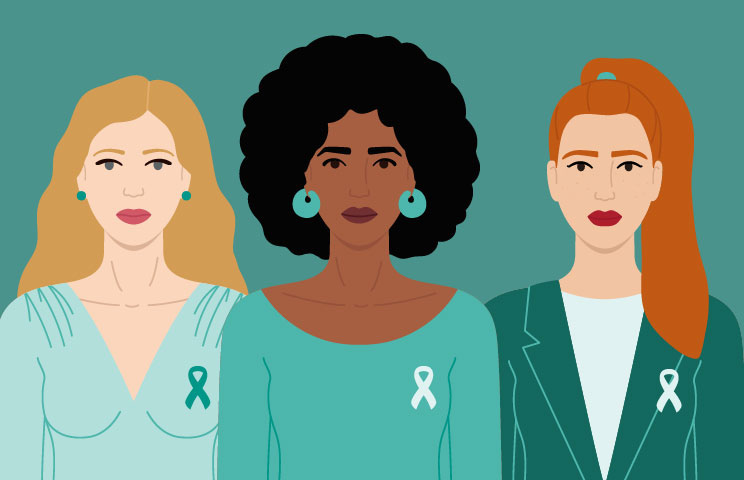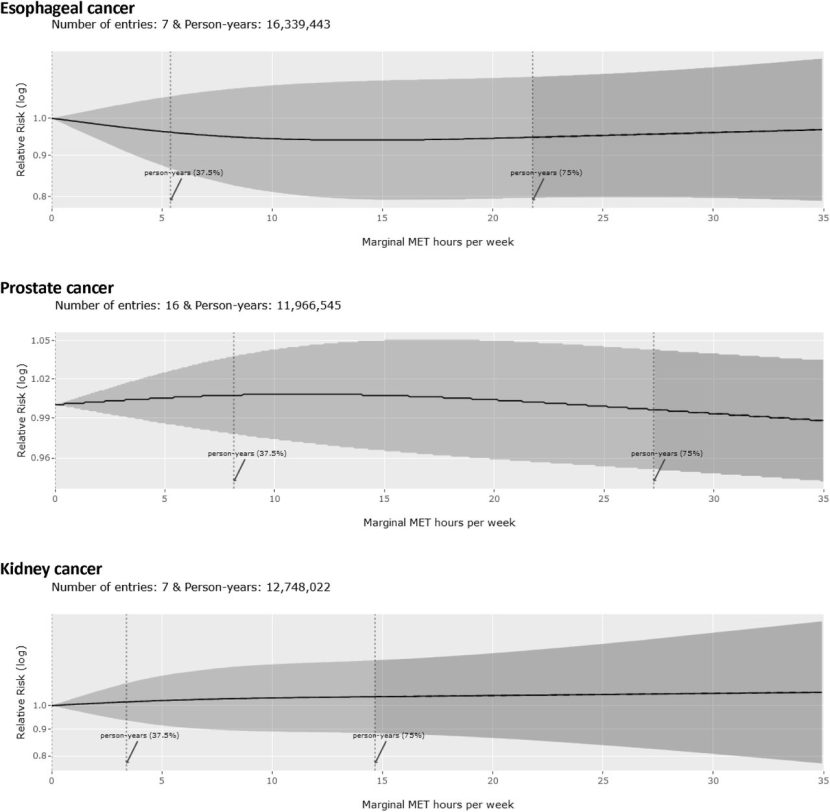This study underlines the importance of meeting WHO guidelines on both waist circumference and physical activity for cancer prevention. The research was funded by World Cancer Research Fund, the French National Cancer Institute (INCa), and the German Research Fund. Read the article Other news 23 Janvier 2025 IARC marks Cervical Cancer Awareness Month 2025 Bohmann […]

Other news
23 Janvier 2025
IARC marks Cervical Cancer Awareness Month 2025
Bohmann P, Stein MJ, Amadou A, Baurecht H, Fervers B, Fontvielle E, et al.
WHO guidelines on waist circumference and physical activity and their joint association with cancer risk
Br J Sports Med. Published online 22 January 2025;
https://doi.org/10.1136/bjsports-2024-108708
Scientists from the International Agency for Research on Cancer (IARC) and partner institutions provide new evidence to support guidelines on waist circumference and physical activity established by the World Health Organization (WHO), in the first study of its kind examining the relationship between waist circumference, physical activity, and cancer risk. The study was published in the British Journal of Sports Medicine.
Participants with a waist circumference above the WHO high-risk threshold were 11% more likely to develop cancer, even if they were physically active according to the WHO guidelines. Similarly, participants who did not meet the WHO guidelines on physical activity had a 4% higher cancer risk, even if their waist circumference was below the high-risk threshold. Participants who did not adhere to either guideline had the highest cancer risk and were 15% more likely to develop cancer.
03.01.2025

Associations between degree of food processing and all-cause and cause-specific mortality: a multicentre prospective cohort analysis in 9 European countries
Associations between degree of food processing and all-cause and cause-specific mortality: a multicentre prospective cohort analysis in 9 European countries
The International Agency for Research on Cancer (IARC) is marking Cervical Cancer Awareness Month…
Read more

08.01.2025
Impact of knowledge of HPV positivity on cervical cytology performance in Latin America














